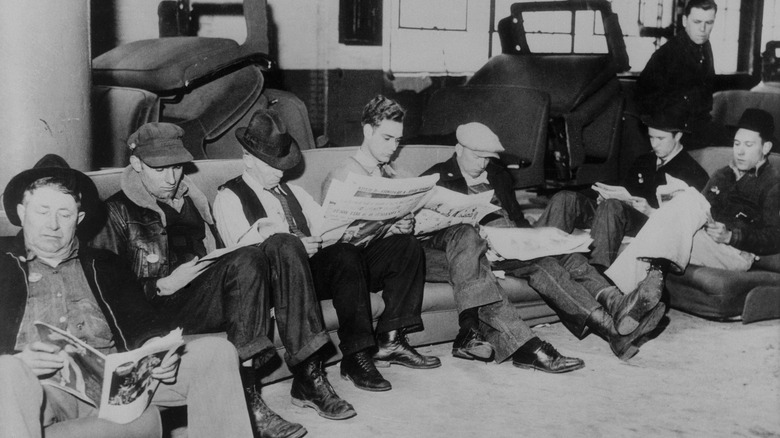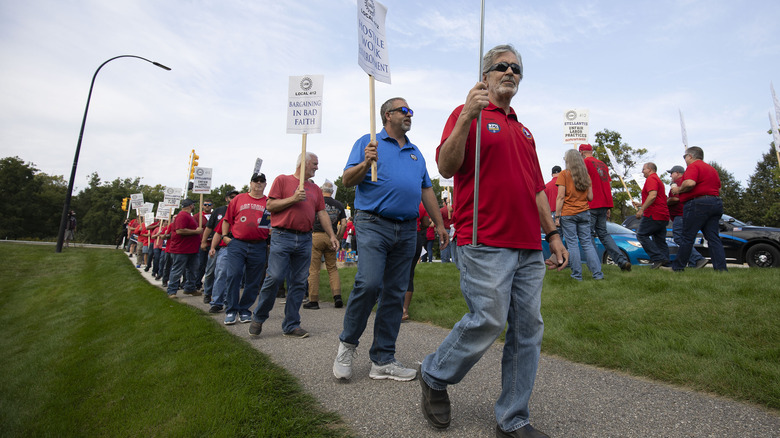UAW's Strike History: What Happened & How Long Did They Last?
With over 400,000 active members and 600 local unions, the United Automobile Workers (UAW) is no small group. This famous union is not new on the block either, with its roots going back to before there were even cars on the road. The first auto unions went through multiple iterations, with the first aiding workers in the carriage and wagon industry. In the 1930s, though, when the production of automobiles was starting to boom, the UAW as we know it today was founded. In the following years, the group aimed to improve workers' lives by pushing public policy and demanding change.
Thanks to multiple strikes and deals, the UAW achieved benefits such as employer-paid health insurance plans, income security provisions, and cost-of-living allowances for industrial workers. Flash forward to today, and the UAW is striking again, this time against the three automakers, Ford, General Motors, and Chrysler's parent company, Stellates.
The union is asking for a 40% increase in pay over a four-year period and a shorter work week. With this strike potentially affecting customers, many may be wondering how long this strike will last. One of the best ways to approximate the length of the strike is to look at historic strikes.
The length of the strikes varies wildly
The longest UAW strike in history lasted 113 days, from November 21, 1945, until March 13, 1946. This strike was directed at General Motors, with over 320,000 participants. The union's demands included a 30% wage increase, not too far from what the current UAW is asking for. This strike was only partially successful, with the union being awarded a 17.5% wage increase, overtime pay, and paid vacations.
However, only 13,000 UAW members across Ohio, Missouri, and Michigan are currently on strike. Although this is only a fraction of the current UAW members, the union has threatened that more plants will go on strike next week if a deal is not made by then. So far, the big three automakers have returned with offers of a 20% wage increase.
A more recent major strike that can be looked at to better estimate the situation is the 1998 General Motors/AW strike, where over 150,000 workers went on strike. This lasted around two months before a deal was made. According to NBC News, these lengthy strikes are uncommon, as in the past 30 years, the average length of a 1,000-plus worker strike is five weeks. But with the big automakers still only offering half the asking sum, this current strike has the potential to snowball into one of the largest yet, though thankfully, we're nowhere near the longest strike in American history.

